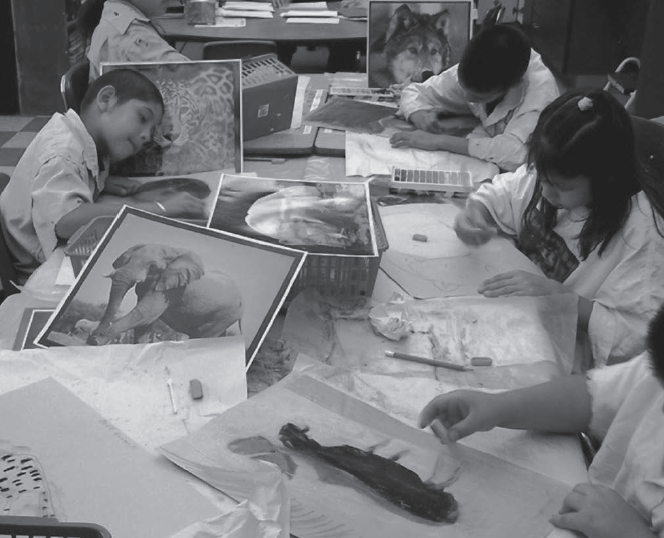
Two new pieces of research from the UK and the US have recently been published, both of which highlight the impact of the arts on learning. See below for more details:
The Cultural Learning Alliance: Assessment of the impact of the arts on learning
The Cultural Learning Alliance has published key findings demonstrating the impact of the arts on the social and educational achievements of children and young people. Amongst the findings, based on a review of all available large-scale English language data including from the US, are:
• Learning through arts and culture improves attainment in all subjects
• Participation in structured arts activities increases cognitive abilities
• Students from low-income families who take part in arts activities at school are three times more likely to get a degree
• The employability of students who study arts subjects is higher and they are more likely to stay in employment
• Students who engage in the arts at school are twice as likely to volunteer and are 20% more likely to vote as young adults
Teaching Artists Found Critical to the Future of Education
NORC at the University of Chicago has released a landmark report on a three-year study of teaching artists (TAs)-artists who make teaching a part of their professional practice. Teaching Artists and the Future of Education found that their work is critical to the future of arts education and to improving the quality of schools.
TAs have been major providers of arts education in community settings for over a century. They gave Louis Armstrong and Benny Goodman their first music lessons. In the last three decades, though, they have become important resources in primary and secondary schools as well, where they have mitigated a long-term decline in arts education. In the process they have made significant contributions to making schools better places for students to learn and grow. Other studies have provided strong evidence that arts education has powerful positive effects on student achievement and outcomes. NORC’s new study offers hope to schools struggling to preserve arts education programs and to policy-makers searching for effective education strategies to improve schools.
In addition to providing the most comprehensive data on who teaching artists are, where they work, and the conditions of their work, it explores the reasons for the decline of arts education in schools, how TAs are changing some of the fundamental assumptions about teaching and learning the arts, and strategies for supporting and expanding their reach.
Provided with a preliminary copy of the NORC study’s findings, the May, 2011 report from President’s Committee on the Arts and the Humanities,"Reinvesting in Arts Education," made "expand(ing) in-school opportunities for teaching artists" one of five recommendations.
The full report and an executive summary can be downloaded at NORC.org. And Rabkin’s recent blog on declining school-based arts education can be found here.
For more on the Teaching Artists Research Project, visit NORC.org.

